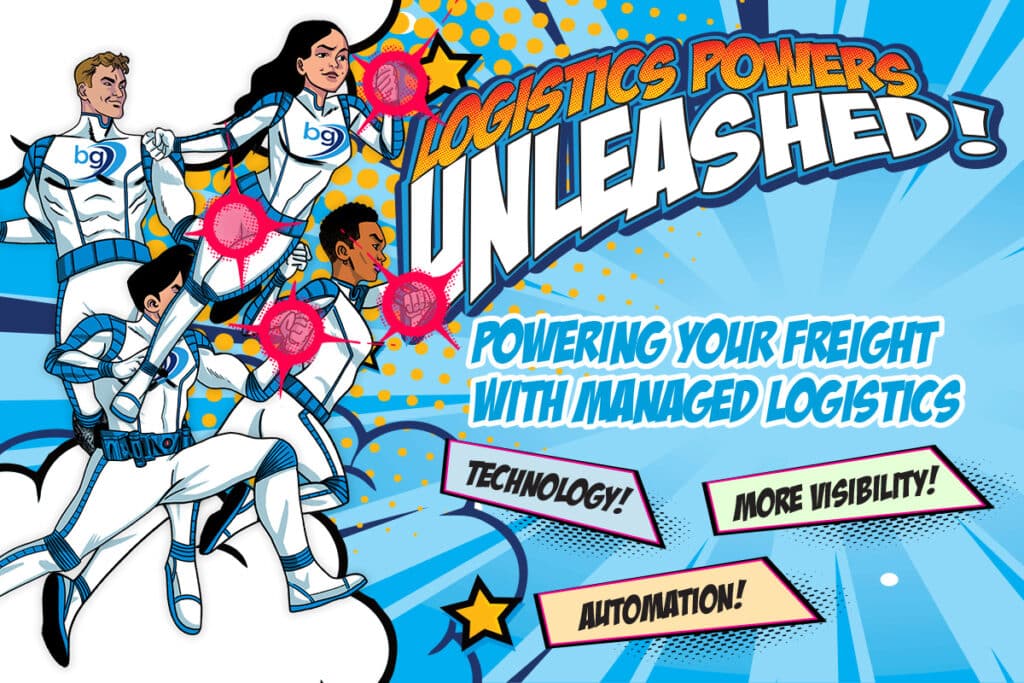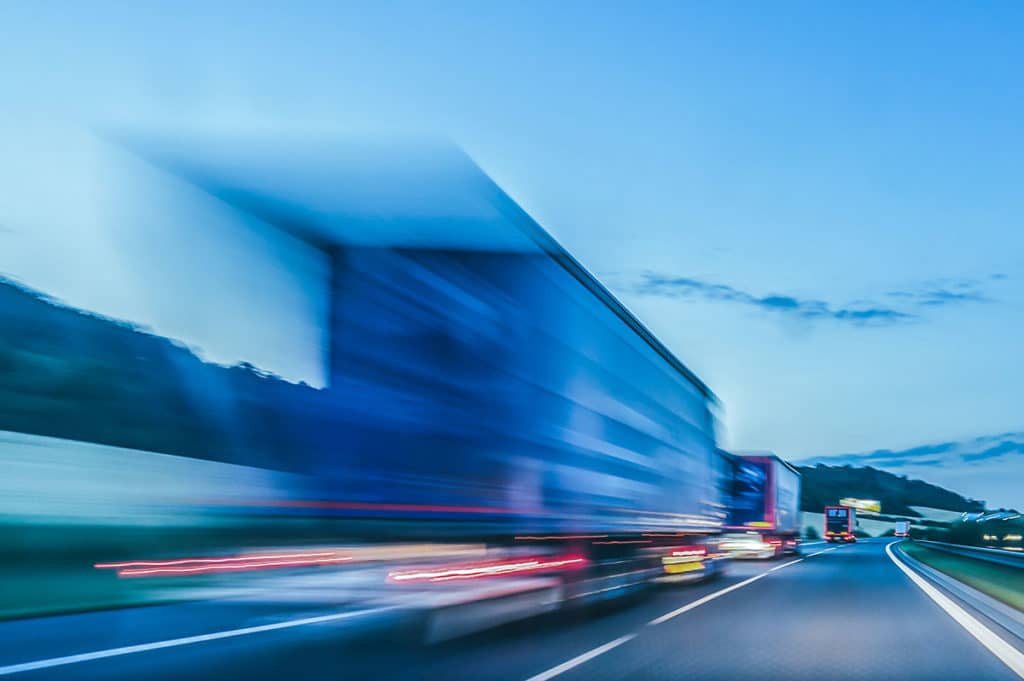
Navigating the Transition to Driverless Trucking
Automated trucking is poised to play a huge roll in the transportation industry. Overall, the implications of driverless trucks have near limitless potential. Without the margin of human error, autonomous trucks are safer and more efficient. Working in tandem for one another, driverless trucks can capitalize on fuel efficiency while working around the clock bringing in more deliveries at a fraction of the labor cost.
Driverless trucks can capitalize on fuel efficiency while working around the clock
However, while the end goal of automated trucking in the freight industry has some incredible possibilities, it’s the transition to this point that has more than a few people worried. Given that driverless vehicles is something of a precedent, there’s a lot of obstacles to overcome before the idea becomes a reality.
The Un(der)employed
Job loss is a very large possibility with automated trucking. As truck drivers make up 1% of the total U.S. labor force, the volume of displaced workers will be severe. Mitigating the job loss and the potential impact of unemployment rates will be a key element to the transition to automated trucking.
Truck drivers make up 1% of the total U.S. labor force
More often than not, whenever there is a potential for massive job displacement, the words to follow are “There are other jobs to be had.” While this is true for some industries, it might not necessarily hold true for truck drivers. These, according to the International Transportation Forum’s report on the matter, are the possible obstacles to this “conventional wisdom.”
“The conventional argument is that displaced workers in any given industry will find alternative employment through the expansion of activity in new and existing industries. However, there are several reasons described below as to why this argument may not provide comfort for truck drivers and others in the high-automation scenarios.”
- The high costs associated with losing a job
- The risk that this time is different, i.e. that a low employment future is possible, at least temporarily, because automation may occur in many sectors of the economy
- The emerging economic context means that job losses may result in higher social costs than previously.
The cost of losing a job alone represents one of the biggest issues, both on a financial and physical scale. Displaced workers, on average, take a 20% drop in annual wages. Additionally, being displaced from a job is often a trigger for both anxiety and depression according to the ITF report.
The cost of losing a job alone represents one of the biggest issues
“The mental and physical impacts of job loss are estimated to have a greater combined impact on well-being than the financial costs from lost income. Helliwell and Huang (2014) estimate that such non-financial factors decrease the average person’s well-being two to seven times more than the does their lost income from losing their job.”
Infrastructure Challenges
In addition to the unemployment costs of automated trucking, there is some considerable concern about the infrastructure that will be required to support automated freight transportation.
“The infrastructure requirements for full automation of driving functions are not yet clear-cut (section “Towards driverless road freight”). The need for 5G mobile internet connectivity between vehicles along the full corridor is not yet certain. Further, specific applications such as platooning and remote control centre operations are also likely to have additional infrastructure requirements. For instance, platooning may require longer motorway entry and exit ramps than are currently in place (Janssen et al., 2015).”
A possible solution to this obstacle would be to roll out test corridors to slowly integrate autonomous trucks, which would significantly lower the upfront costs. However, as the technology grows in both sophistication and popularity, the overall costs will be both substantial and unmitigatable.
The Foreseeable Future
As it stands, the technology, policies, and regulations are not in place to fully support automated freight hauling. However, in the not-so-distant future, these questions and obstacles will need to be addressed in order for these driverless trucks to take the road. As with most disruptive technologies, it will be the transitional period that will be the hardest to accommodate.




